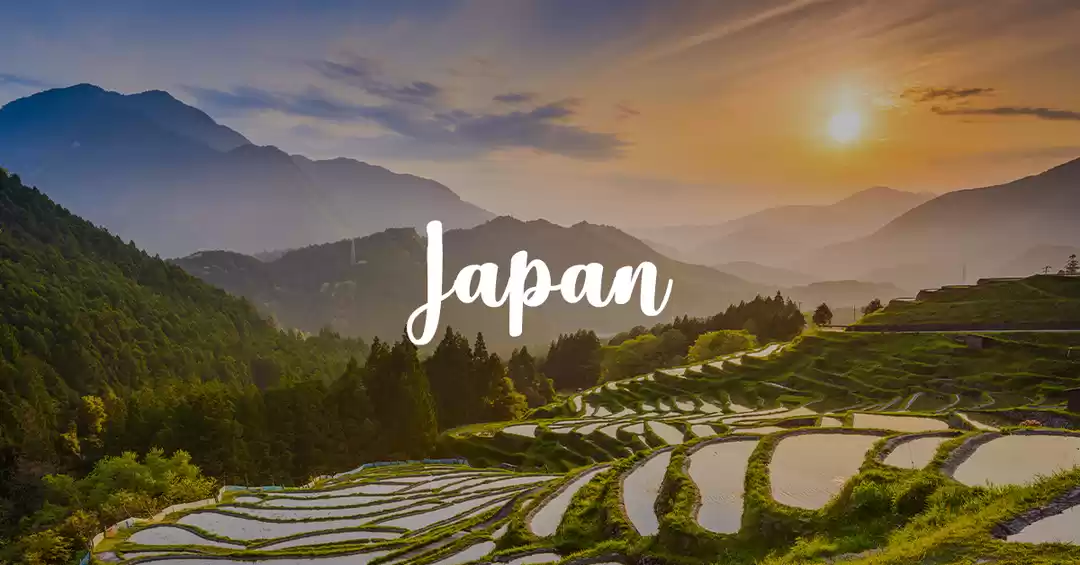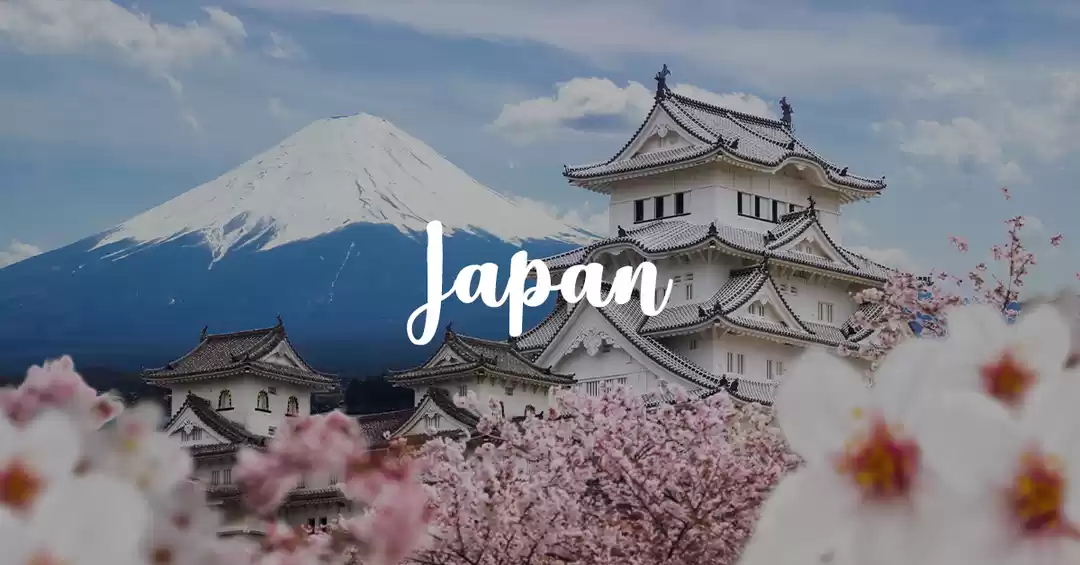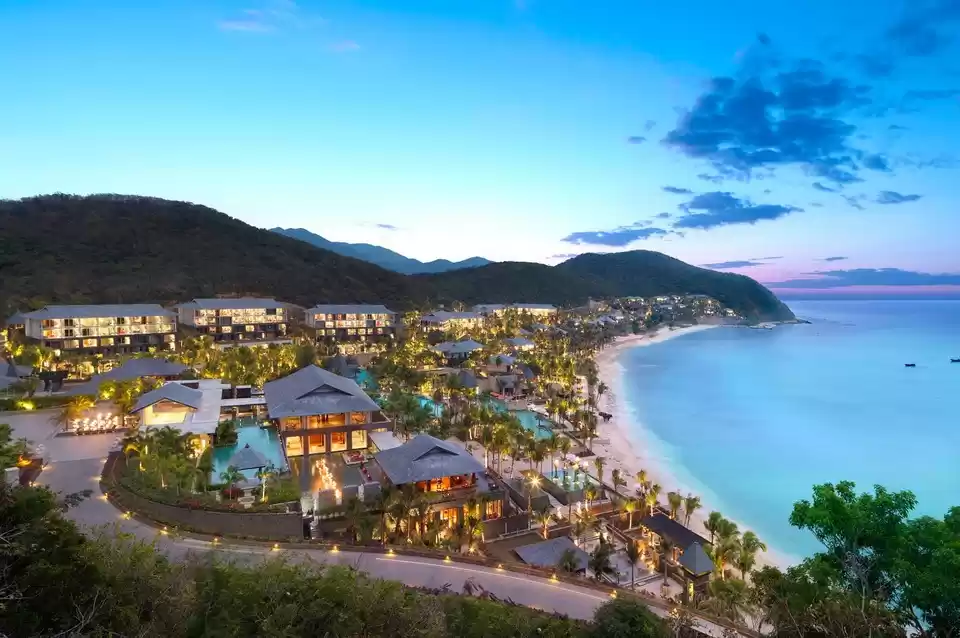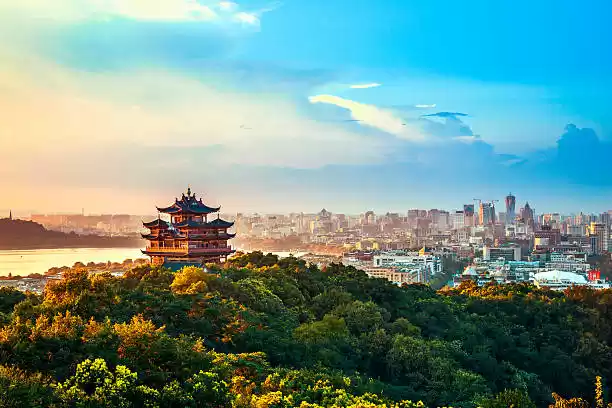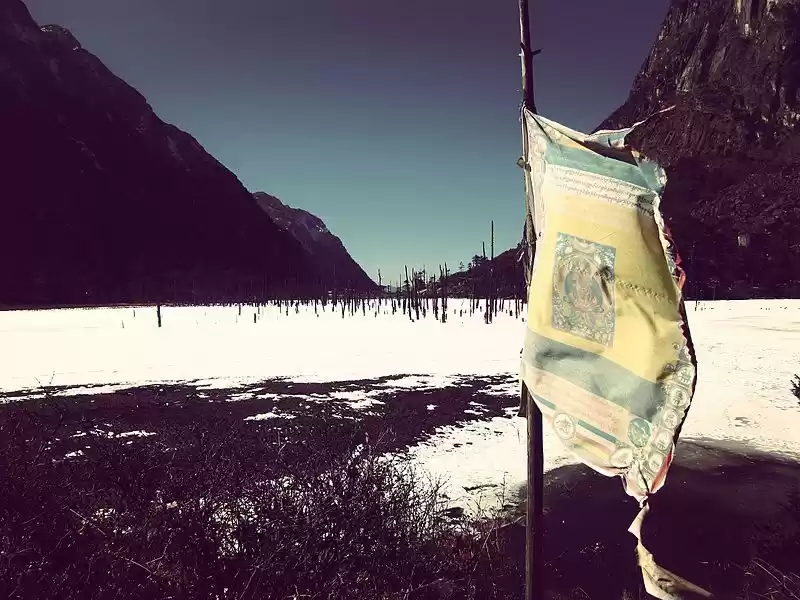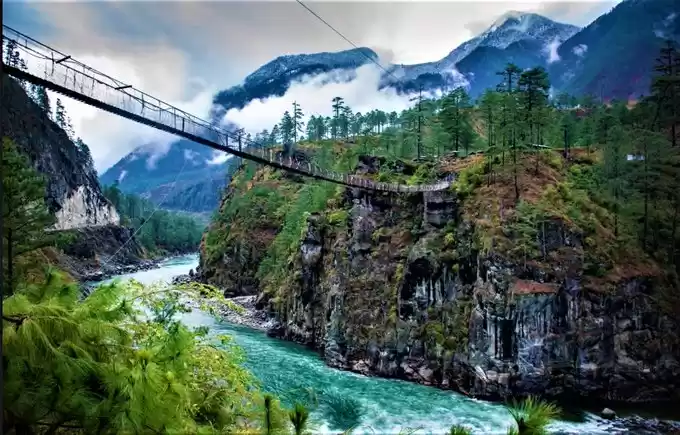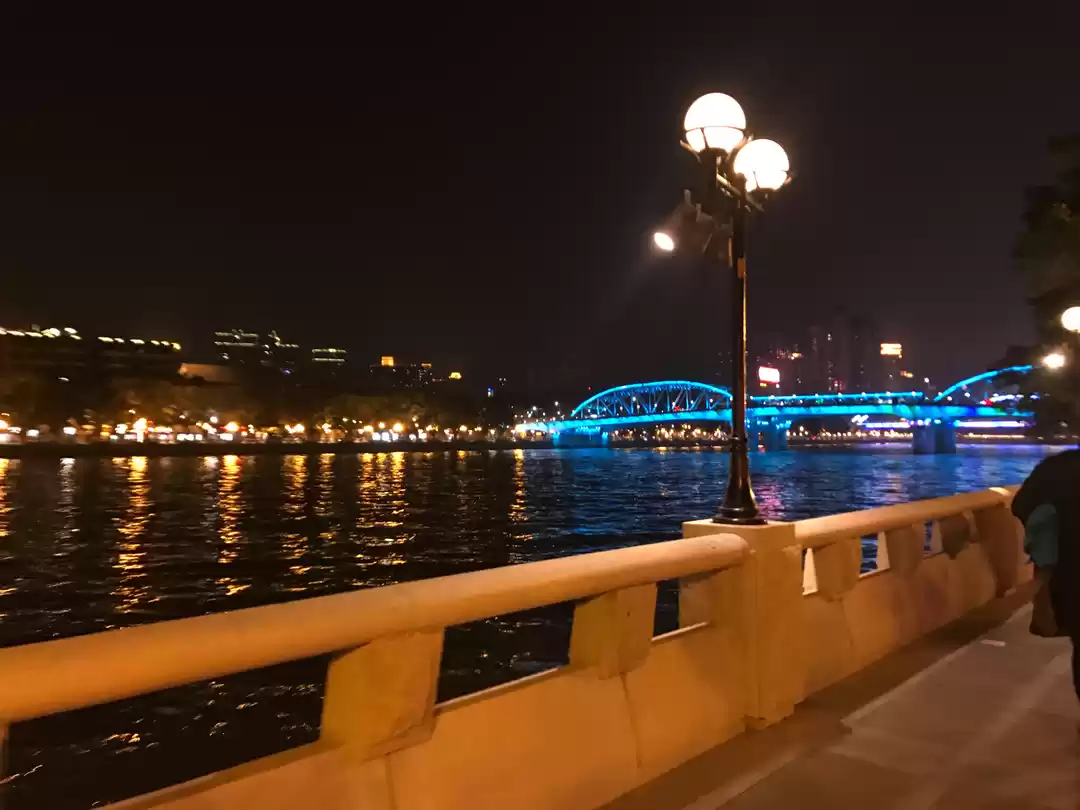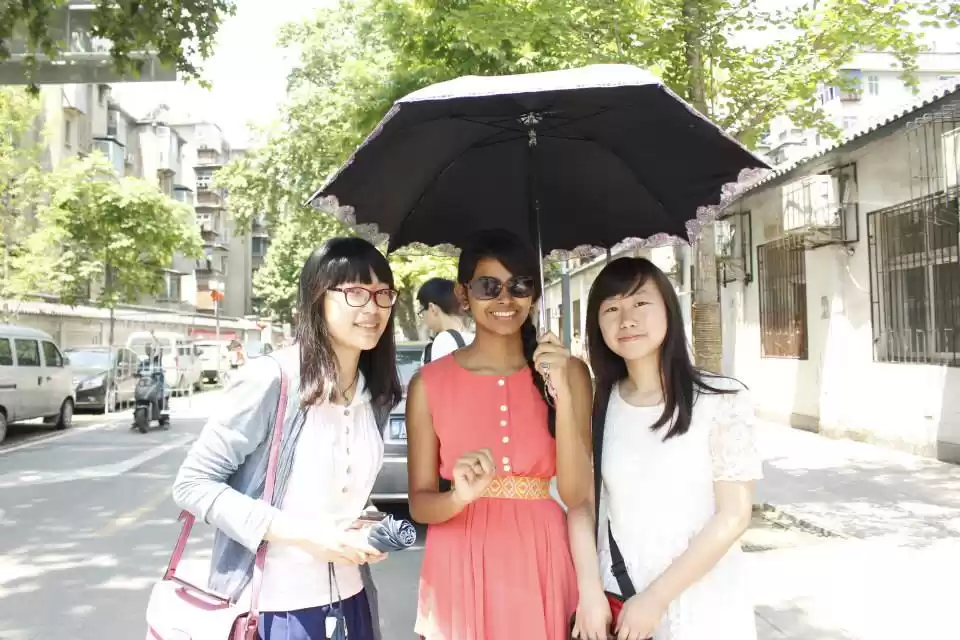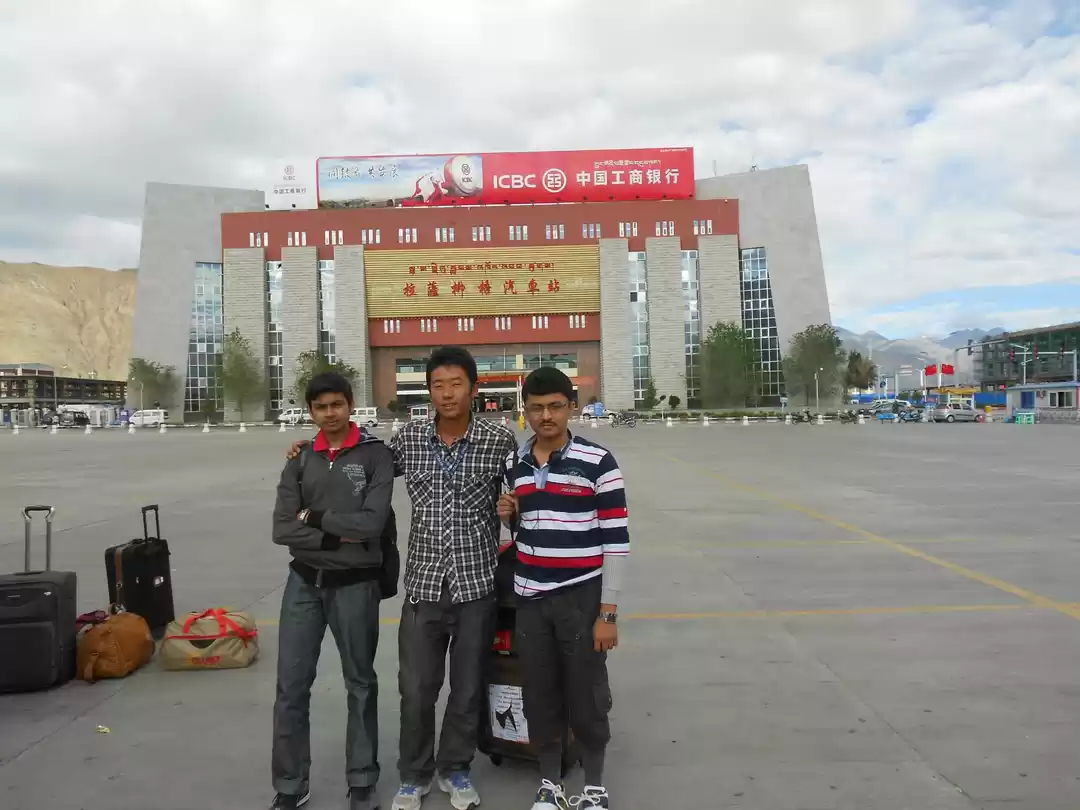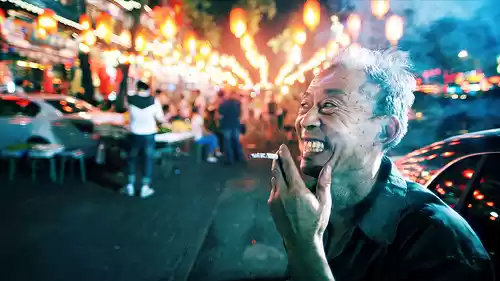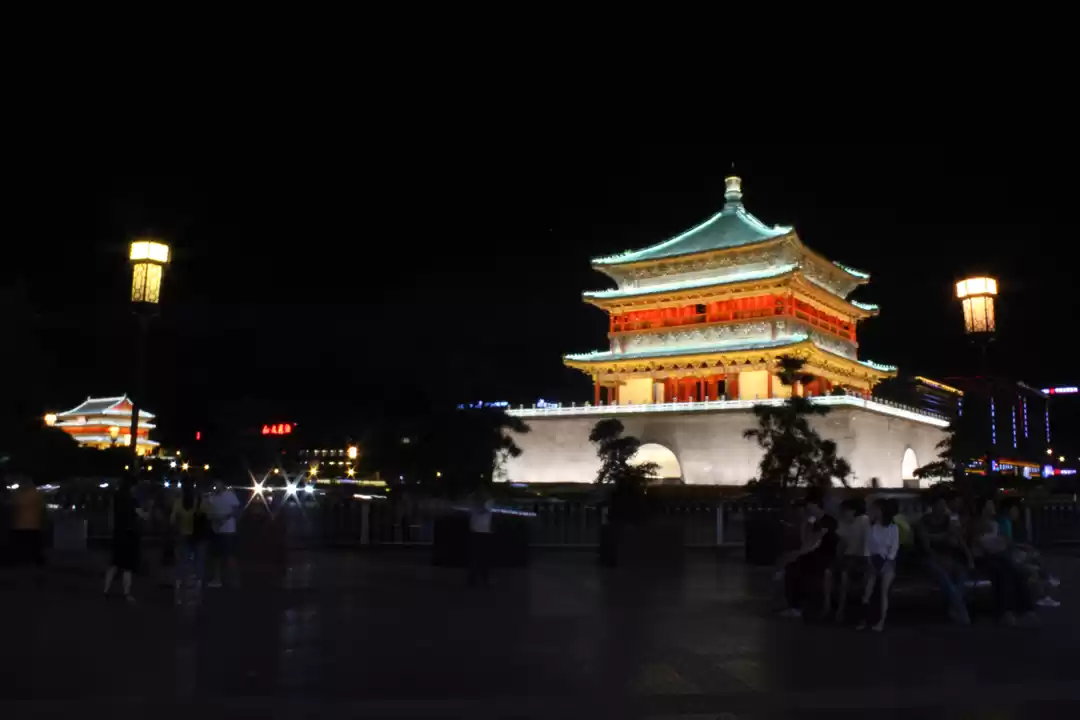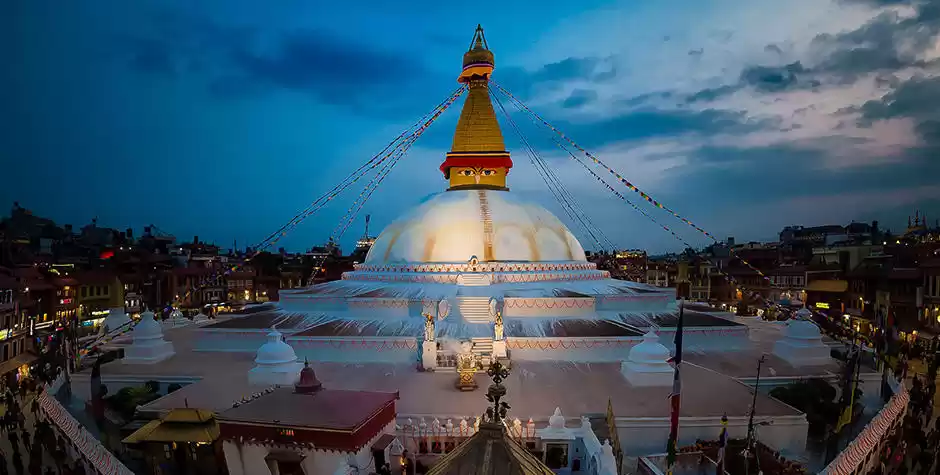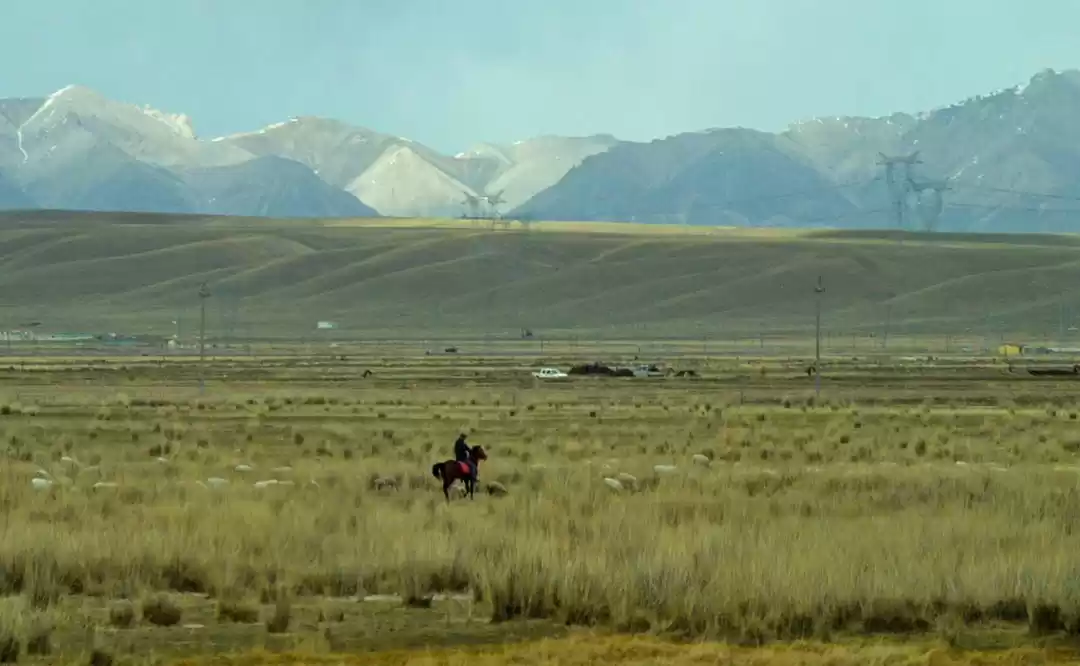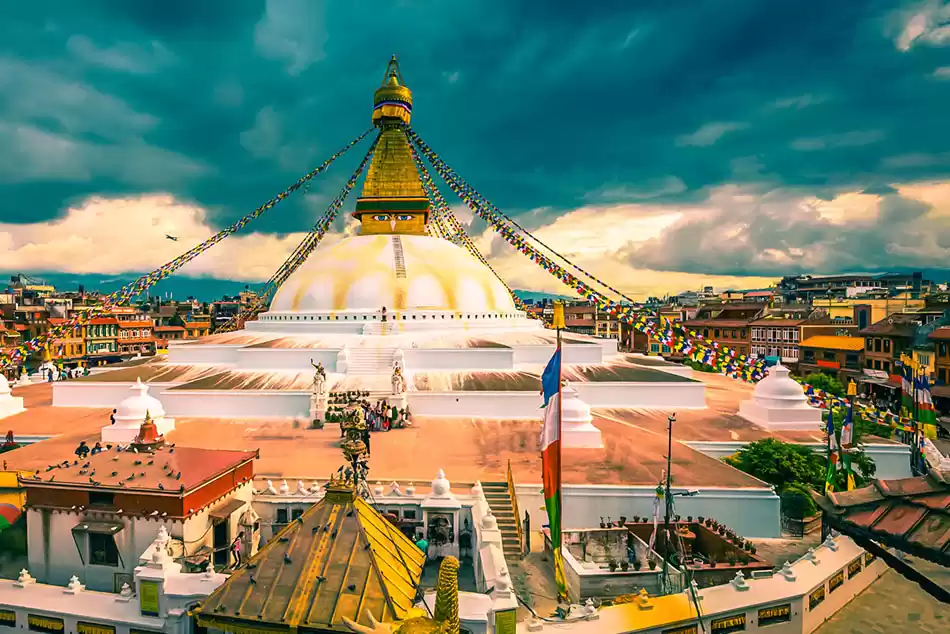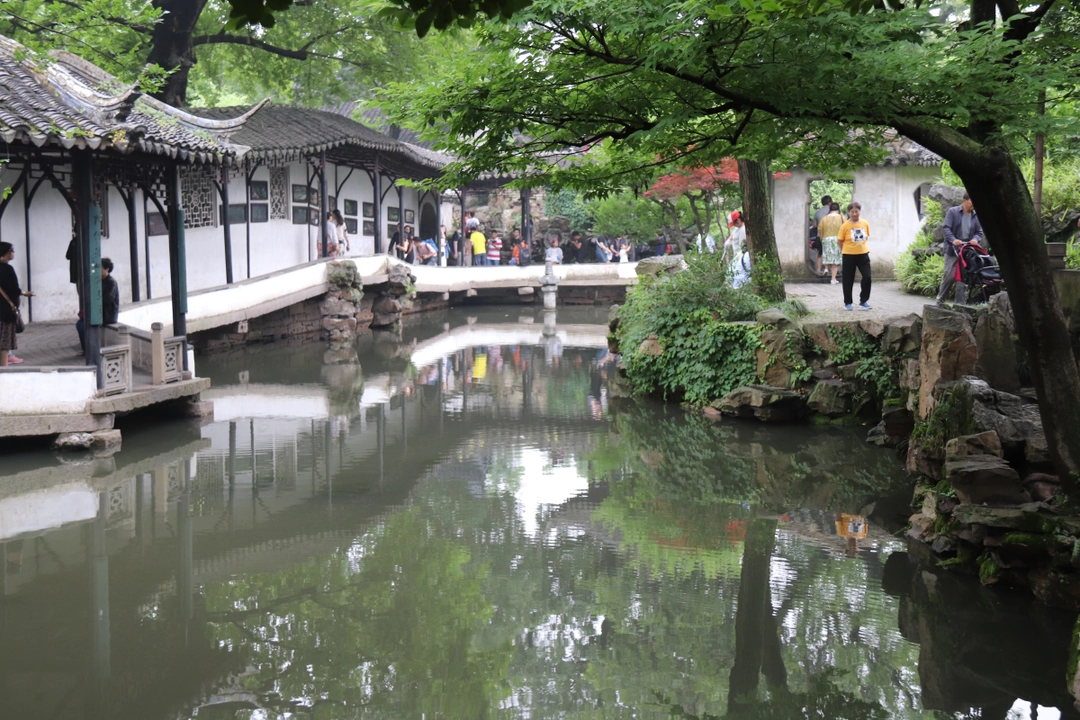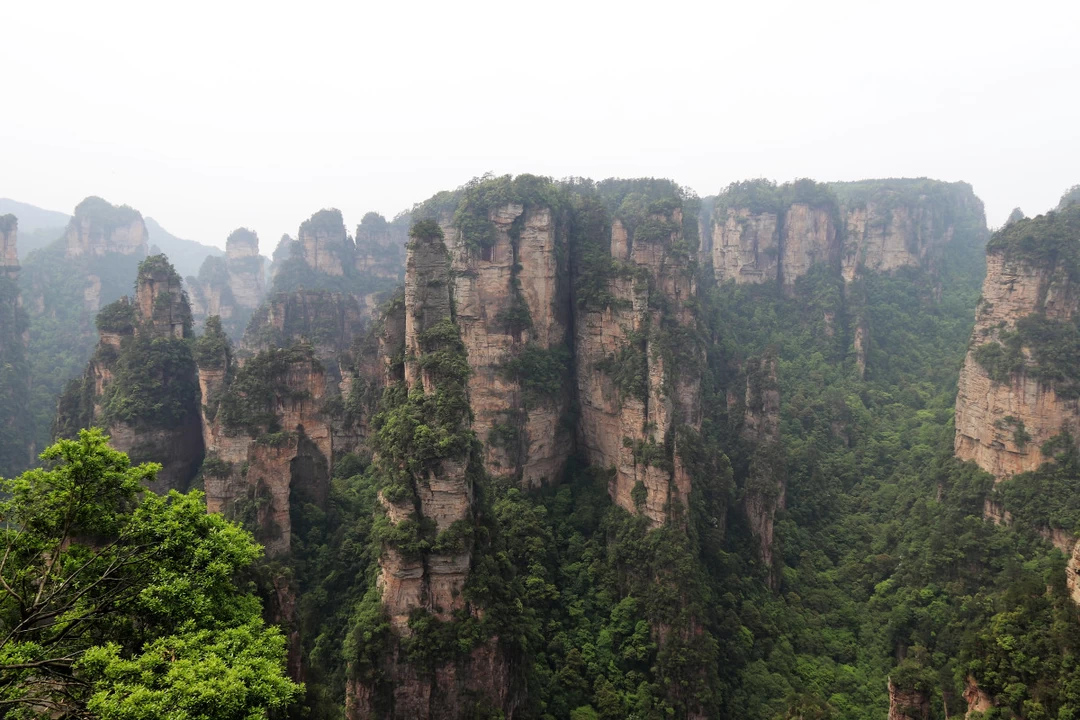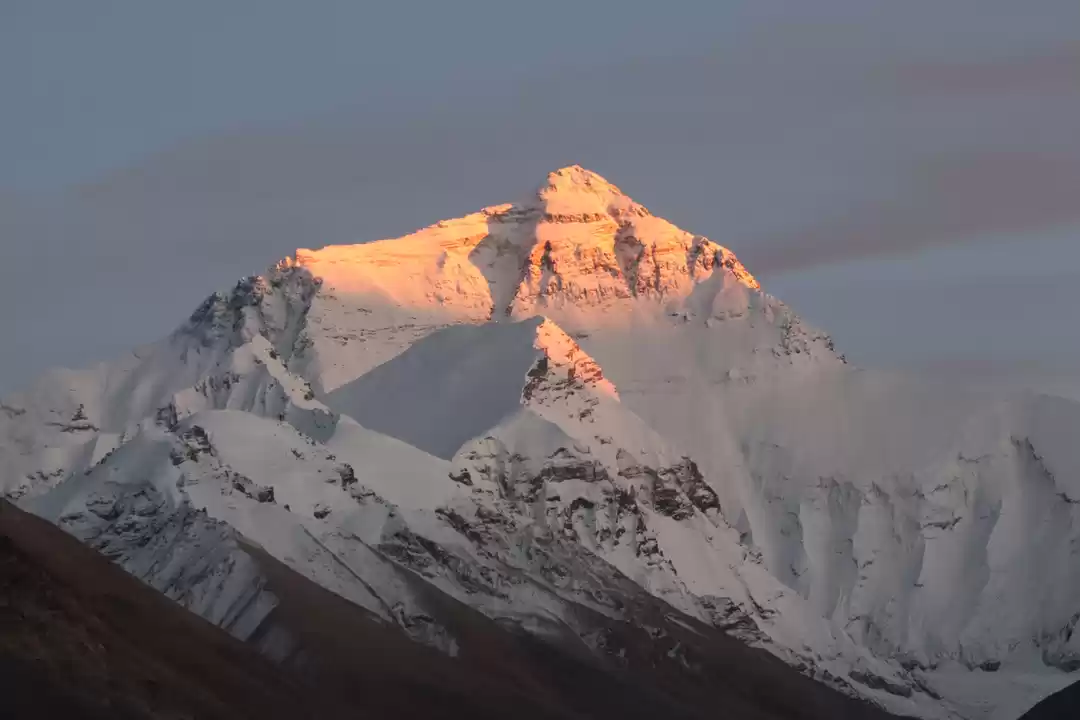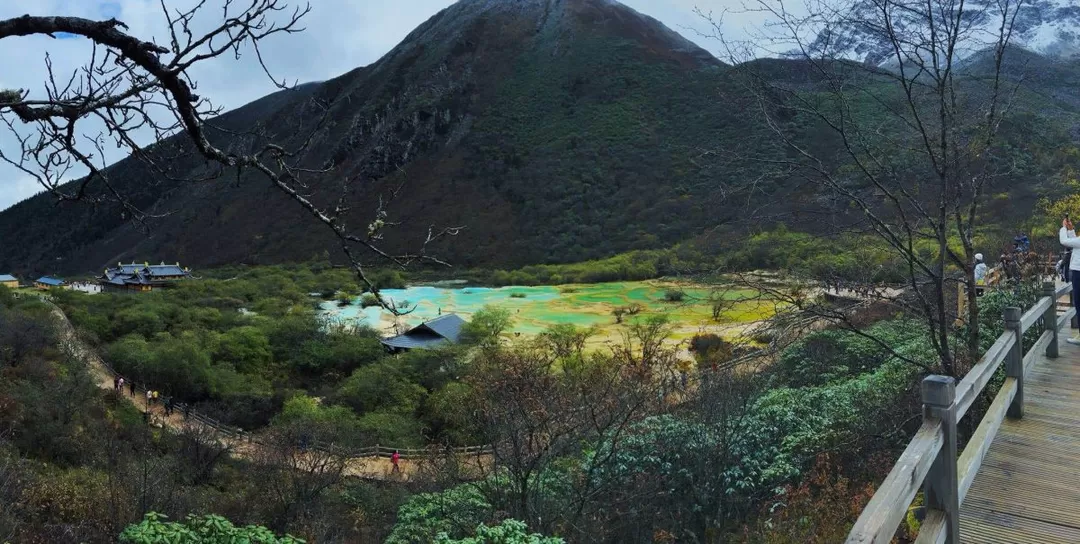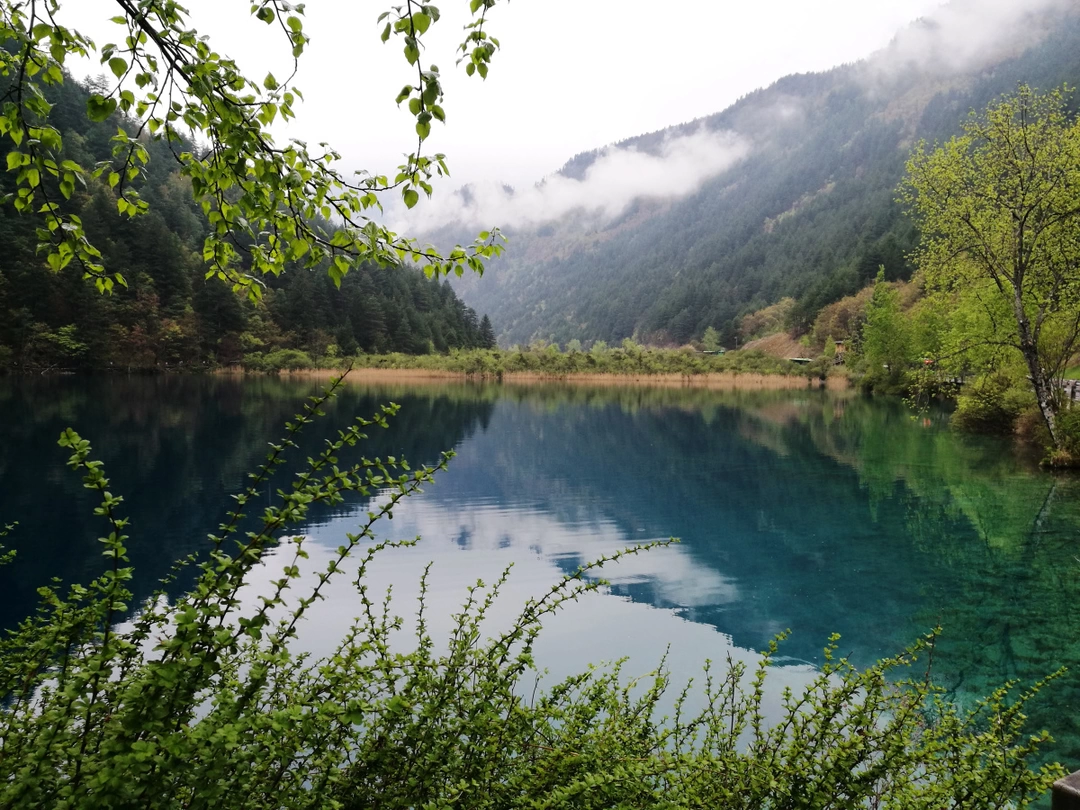
"There are no foreign lands. It is the traveler only who is foreign". Robert Louis Stevenson
Spring is a great time to travel in China. There was a long weekend during the May Day and I saw the FCN update about the Qinghai trip. Difficult part appeared to be the long journey, but it was certainly an opportunity. Booking, as always, was easy with FCN. We met at Beijing west Railway station on Friday at 11:00. The leader was Ada Yang and photographer was Alee. The team size was 18. We caught the train number T175 to Xining at 13:05. We were mainly in two coaches, but a bit spread out. The people in our team were from different countries. China, France, Hong Kong, Indonesia, Macau, Mongolia, Pakistan, Poland, South Korea, Switzerland and Thailand.
For those who are unfamiliar, Qinghai is a province in the mid-west China, famous for the lake of the same name. It has Sichuan and Tibet to the south, Xinjiang to the west and Gansu province to the north and west. The train journey, though was long, was very scenic. Ada, the leader had brought lot of snacks for us. One thing that I liked was a kind of spicy rusks. We played a Chinese card game "Dou di zhu" for some time. Xining is half way through the journey from Beijing to Lasha in Tibet. The distance of about 2000 kms to Xining is covered in 21h 38min. The train passes through Taiyuan in Shanxi and Lanzhou in Gansu province. The view outside was very scenic with mountains, meadows, farms and rivers including the famous Yellow River (Huang He, 黃河) which is the second longest river in Asia, after the Yangtze River. That evening, I had a set meal of rice, chicken and vegetables meals from the train catering. Sleeping was not easy on the upper berth. The slow trains in China are also as clean as the fast trains and the conditions of the coaches and toilets is excellently maintained. One difference is, the slow trains have a smoking area between coaches. We reached Xining at 10:40.
We walked out of the station and caught the bus that was waiting for us. While the bus took us to the hotel, the local guide explained about Xining and the specialties of Qinghai region. From the bus, we could see glimpses of the famous Tulou Temple on the cliffs of Beishan Mountain. Xining (西宁; Xīníng) is the capital of Qinghai Province and is the largest city in the Tibetan plateau. It was a part of Gansu province for long, and was added to Qinghai in 1928. The city was a commercial hub along the Northern Silk Road over 2000 years, and was home to the Han, Sui, Tang, and Song dynasties. Xining has places of religious importance to Muslims and Buddhists, like the Dongguan Mosque and Ta'er Monastery.
We were at the Lei di sen da hotel in an hour's time. The hotel looked luxurious. I took a shower that was much needed after the long journey. In about 20 minutes, we walked to a restaurant in the next building. Ada said there was an introductory offer and the food was half priced. The first two dishes to arrive were of large beef bones, the only meat I don't eat :-(. It was a bit disappointing considering the things I had read about Xining food where lamb kebabs seemed to be a delicacy. Some dry snacks and vegetables were good. A chicken dish ordered came almost when we finished and were ready to leave. After lunch, we left for Kumbum Monastery.
Kumbum monastery or Ta'er temple was about 30 minutes' drive. It was built in 1577 to commemorate Tsong Khapa (1357-1419), founder of the Yellow Hat (Gelugpa) sect, a branch of Tibetan Buddhism. The temple complex is very impressive, with unique structures spread across the mountain slopes. The complex has many different halls like the Amitayus Hall, Great Sutra Hall, Gautama Buddha Hall, Manjushri Hall, Kalachakra Scripture Hall, The Butter Sculpture hall, Tara Hall etc. There is also Tantrik Buddhist School. Many halls have prayer places and huge, beautiful Buddhist figures. The lamps are lit with butter. The butter sculpture hall is the most impressive with very unique figures made of butter and colorful murals on the walls and doors.

Tsongkhapa, the founder of the Gelug school of Tibetan Buddhism, was born in nearby Tsongkha in 1357. According to a legend, Tsongkhapa's father took the afterbirth and buried it where the monastery is now and soon a sandalwood tree grew on the spot. Another version has it that the tree grew up where drops of blood from Tsongkhapa's umbilical cord had fallen on the ground. Thus, this tree is known as the "Tree of Great Merit." The leaves and the bark of this tree were thought to bear impressions of the Buddha's face and various mystic syllables and its blossoms were said to give off a peculiarly pleasing scent. The four-storied golden-roofed temple built around the tree is called "Golden Tree" (wish-fulfilling tree) and is considered the holiest place at Ta'er.
The whole place is very colorful and serene. The pillars are covered with brilliantly colored rugs and the praying mats are also made of silk. People offer silk shawls to the deities as a respect. Many pilgrims were seen performing hundred Sashtanga Namaskaras (a salutation in which all the body parts touch the ground) at different places.
There is an interesting figure of an elephant carrying a monkey, which carries a hare and the hare carries a bird. This is also shown in pictures in many places we visited. The figure is called "four harmonious brothers". This is based on a Buddhist moral story. According to the legend, a bird, a hare, a monkey and an elephant lived by a large tree. They had a conflict as to who is better. Knowing this is not good, they decided to give priority to the elder ones, by comparing their age with the tree. The elephant said that the tree was already fully grown when he was young, the monkey that the tree was small when he was young, the hare that he saw the tree as a sapling when he was young and the bird claimed that he had excreted the seed from which the tree grew. So, the bird was recognized by the other animals as the oldest, and the four animals lived together in co-dependence and cooperation, helping each other to enjoy the fruits of the tree. After the story is finished, it is revealed the partridge was the Buddha in a previous life. The story is meant as an illustration of cooperation and respect for seniority.
After spending about two and a half hours at Ta'er temple, we were taken to a restaurant for dinner that was hosted by FCN along with some Australian wine.
Next morning, we checked out, had breakfast at the hotel's restaurant and left for Qinghai lake. We had a new local guide this time, who explained some legends about the place. The travel was for three hours through very scenic route. The guide told some stories about the area. The Riyue (Sun-Moon) mountains are famous in Chinese mythology. As per the legend, in the 641 during Zhenguan Period (627-649), when Princess Wencheng left for Tubo to marry Tibetan King Songtsen Gampo, she was very sad and painful. So, the Emperor of Tang Dynasty gifted her a sun-and-moon treasure mirror and said to her that if she looked in the mirror at the boundary of Tang Dynasty and Tubo (Tibet), she would see her hometown and her parents. When Princess Wencheng reached the boundary, she took out the mirror and looked in it immediately. However, what she could only see herself. She came to realize that she was deceived by the Emperor. She was so angry and sorrowful that she threw out the mirror. The mirror was broken and the fragments were just landed on the two hills. The east half piece of the mirror faced the west reflecting the rays of the setting sun and the west half piece of the mirror faced the east reflecting the rising moon. Hence the mountain got the name, sun and moon mountain.
One more legend is about the Daotang (backflowing) River. When Princess Wencheng passed by the mountain, due to homesickness her tears dropped and became the Daotang River. Its westward flow symbolizes the princess's resolution not to return forever. In fact, it is the only river flowing from the east to the west in China. For more legends about Princess Wenchang, see my earlier blog: Sichuan, an unforgettable experience. https://wordpress.com/post/chinadiarysite.wordpress.com/421).
Qinghai Lake (青海湖), Koko Nor (Mongolian) or Tso Ngonpo (Tibetan) is the largest lake in China. It is a salt water lake having a circumference of 360 km and depth of 21m. The current Chinese name Qinghai means Green Sea. It is at 3,205 m above sea level in the Tibetan plateau. Many seasonal rivers and streams empty into Qinghai Lake. Prior to the 1960s, 108 freshwater rivers emptied into the lake. By 2003, 85% of the river mouths dried up, including the lake's largest tributary, the Buha River. The increasing alkalinity of the lake is said to be the reason of some of the fish species getting close to extinction.
We reached the lake by 11:00. The place all around is very well developed and there are bicycles available for rent. There is a large area developed fir the world poetry movement in 2011, and there are many mementoes installed. Then there are statues from different cultures around the world. There are also temples, and pagodas on the beach and a large statue of princess Wenchang. As you walk along the pier, you can see many sea gulls all around. There are also ferry rides, but we didn't try. We spent about 3 hours near the beautiful Qinghai lake and had lunch in a restaurant there. We then moved to Ji hai tai, another part of the lake which is mostly a personal place of worship. Here, people offer liquor and food in small pots to the lake god to fulfil their wishes. We all were given small pots that were offered to the lake. On the way, the guide said we are going at higher altitude, Xining was at ~ 2000 m, and Qinghai is > 3000 m. They had oxygen cylinders on the bus and one person needed it for some time.













Another couple of hours journey, mostly along the Qinghai lake, led to Chaka Salt Lake. This is a large Salt Lake and for centuries has been a source of salt. It is a very beautiful area with may large salt figures. The lake is known as the "mirror of the sky". There is very long salt bridge and a toy train that runs through the beach. We took many pictures. It was 19:30 when we left the Chaka Lake. The hotel that FCN had reserved for us for that night got offered to someone else and Ada and the local hosts had to look for a replacement. We stopped for dinner at a restaurant at Chaka town. The first four dishes that came to the table were all beef and I was almost losing my cool. We then moved to a nearby hotel which was nowhere comparable with the one we had stayed the last night. Saving grace was the electrically heated bed and the hot water jug that was provided.
Next morning, we got up early, but there was no luck with sunrise as the weather was cloudy. We were supposed to cover three places, the Qilian grasslands, Zhuoer mountain (oriental Switzerland) and Danxia. But as the journey was long, we had to drop visiting the Zhuoer mountain while we saw lot of grassland on the way. The route, which is a part of the silk road, G227 highway was very scenic. The guide told about Zhang Qian (200-114BC), a General of Han emperor Wu, was instrumental in bulding the Qingzhang road between Tibet and Qinghai when he was 70 years old. When he died, his ashes were made part of the new road as a mark of respect.
We could see the first glimpse of sun through the clouds around 7:15. The road on either side had large grasslands and distant mountains, temples and places of sky burial. The guide explained about different burial practices of the Tibetans. The Jhator, or sky burial is the noblest of all. Here a body of the deceased person is cut into small pieces and put on top of a mountain to feed the vultures and the natural elements. There are also the other practices as follows.

Traditional ground burial is rare, considered as an inferior custom. Happens mostly for deaths caused by disease or unnatural causes. Cliff burial: this funeral rite sees the corpse protected with ghee (a form of clarified butter), salt and perfume and placed in a wooden casket. Next, the monks attending the body transport the box to a natural or man-made cliffside cavern and place it beside other remains. The elevation depends on the social status of the departed. Cremation: For cremation, the body of the deceased is burned atop a bed of wood and straw. Depends on the availability of the wood in the region. While a commoner's ashes are typically scattered on a mountaintop or into a river, noble ashes are preserved in clay holy objects known as tsa-tsas. Stupa burial: Stupas are sacred Buddhist monuments built to contain holy relics or the remains of particularly holy individuals. Tibetan stupas are reserved for the likes of past Dalai Lamas and incarnations of the Buddha. The deceased is lavishly covered with rare spices and minerals before placement. Tree burial: small wooden boxes containing the remains of a deceased child or an aborted fetus are hung around trees. Water burial: disposal of corpses for consumption by fish follows the same reason as jhator.
The route had continuous scenes of the five colored Tibetan Buddhist prayer flags. The meanings for these colors are as follows:



Blue: air, associated with purity and healing. White: Water, for learning and knowledge. Red: Fire, life force and preservation. Green: Nature, for balance and harmony. Yellow: earth, symbolizes belonging and sacrifice.






The route also had many lambs and yaks grazing. We stopped for breakfast around 8:00. Once again, the place was known as Niu rou mian (Beef noodles). I could get the noodles in a spicy soup without the beef. As we moved further, icy mountains became closer and the sight was breathtaking! For the next couple of hours, the bus moved through very picturesque winding routes with shining icy mountains on both sides. That was a sight to remember. Though we didn't get out of the bus, most of us were busy getting pictures and videos of the scenery outside. At the highest point, there was a large plaque on the road reminding the altitude of 4120 m.
Around 12:30, we briefly stopped at Qiyuan county to pick up some food. Alee and I tried Bauzis (steamed buns stuffed with potatoes). We also bought some large breads (mianbao).
We reached Danxia at 17:15, fortunately before they closed the tickets for the day. A place like Danxia certainly needs at least half a day, but we had to be happy with the time we had.







The Zhangye Danxia geological park in Gansu province, is a mountain range of thickly packed layers of minerals and rocks that vividly form a rainbow of colors that is unbelievably beautiful. This is also called Rainbow mountain park (张掖丹霞国家地质公园). The tourist place is divided into six viewing areas, and 2, 3 and 4 are supposed to be the best, so we started our tour with 2. Based on the imaginations of the viewer, the scenes have been named interestingly, like: Monks worship Buddha, monkeys viewing see of fire, seven color screen, dragons playing with fire, etc. There are buses to transport people from one area to the other.
The first bus journey from the ticket counter to the viewing area itself was very scenic with the colored mountains on either side. Walking to the second spot took about ten minutes. There were many steps to climb to reach to the top. The view all around was spectacular. We spent good time at point 2 and visited the different places taking pictures. We took the bus to the third platform from here. The splendid scenery of seven-color fan is the major attraction here. The last one to visit was the fourth viewing area. This is very large, and offers the best views of many formations. We were here till 19:30 when the security started telling people to leave. Before leaving, we took many pictures, tried jumps, splits and had a great time. It was almost 20:00 when we left the place and it took an hour to reach Zhangye city. Ada led us to a restaurant for dinner. The local host joined the dinner. The spread had many vegetables. After dinner, we went to a hotel to rest for some time, as out train was at 2:30. I took shower and caught an hour's sleep before leaving. We reached Zhangye railway station at 1:00 and waited for our train.
The return journey, once again though beautiful locations, was comfortable. On the train the next day, Lucy, a Chinese girl who was our teammate, played the movie "Bajrangi bhaijan" on her iPad and some of us saw it completely. It was touching to see her getting emotional and profusely crying during the tragic scenes of the movie.
We reached Beijing West Railway station at 20:30, and it took about an hour and a half to reach home. Qinghai and Chaka lakes, the most beautiful journey from Qinghai to Danxia through the grasslands and the Himalayas, the rainbow colored Zhangye Danxia will always be fresh in my memory. Thanks to FCN for the opportunity and the friendly co-travelers who made the trip wonderful.



